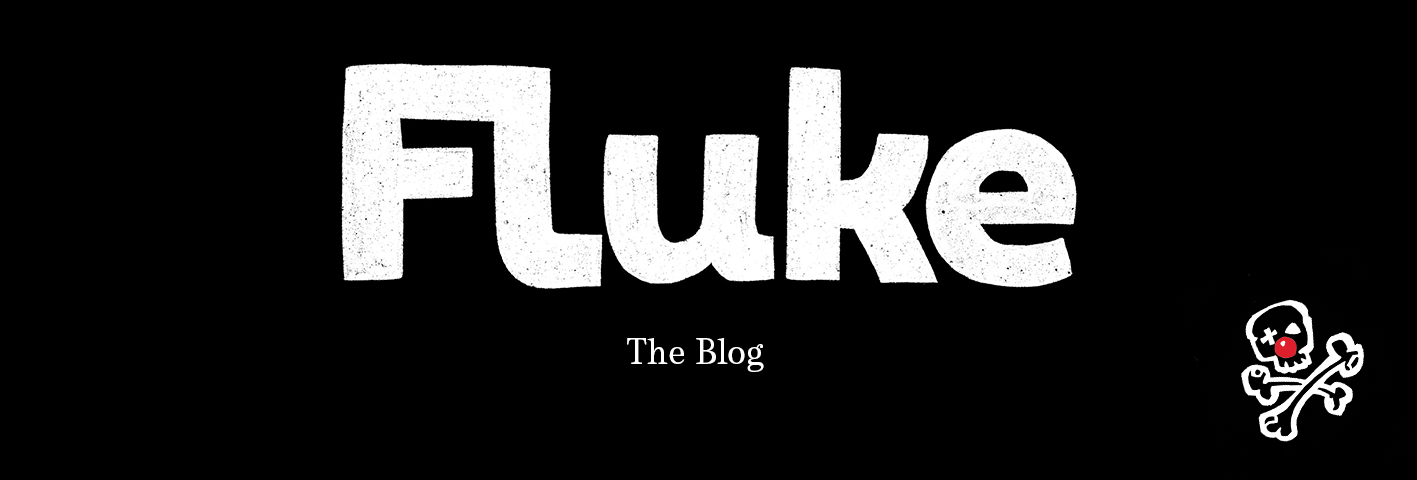This Pick of the Net is a beautiful short documentary on Rudi Mineur Snr ( yes, the father of Australian Circus legend Rudi Mineur, the tattooed, muscly, super lovely one) and the art of Netsuke.
I love this, a totally different way of art making than making a circus performance. A long drawn out, super delicate, solo, meditative and lasts in physical form for centuries – well a really long time. I want to use these ‘Picks of the Net‘ to not only showcase circus related videos but other artforms, stories and creatives. Short moments of inspiration, curated by me for your viewing pleasure.
I hope you enjoy.
Peace & Respect,
Hamish
Rudi Mineur
(Words From the Lesley Kehoe Galleries).
Rudi Mineur is an artist of great intellectual and creative stature. His netsuke are original, innovative, even daring. His use of materials is bold and inspiring. As Japanese netsuke give physical form to the soul of Japanese culture, so do Rudi’s netsuke express the essence of Australia, albeit with an intellectual and philosophical depth addressing the enigmas of the universal human condition and the natural world.
Born in Holland in 1945, the circumstances of Rudi’s post-war childhood had a strong impact on his attitudes, philosophy of life and ultimately on his art. His interests centred on fossicking in the bush for ancient treasures, hunting and trapping, and observing wild life. Migration to Tasmania in the 60’s provided limitless opportunities to pursue and develop these interests. Later, employment as a museum technician at the National Museum of Victoria developed a serious interest in aboriginal culture, pursued privately after he commenced a freelance career.
Functionality is one of the prime reasons why Rudi adopted netsuke as his means of artistic expression. The fusion of art and utility is at the core of his somewhat insistent philosophy of life unadorned; simple, uncluttered, candid – real. The discipline of form dictated by function is essential to his creativity. His perspective is that of a natural historian; minutiae of the natural world absorb him; basic elements of life, death, and reproduction are paramount; man is not separated from the exigencies of the natural world.
Rudi is at one with a culture ‘where natural, earthy beauty can be at once respected and complemented’ and this is how he sees Japanese art. This attitude captures the dynamics of Rudi’s work, a harmonious interaction of nature and man where the integral character of the material is preserved, yet at the same time enhanced by artistic intervention. Inspiration for his work stems initially from the innate characteristics of the material: natural shape, colour, texture, etc. In his studio, in a large bark dish, is a mass of ‘lumpeys’, Rudi’s term for the fascinating variety of odd-shaped pieces of wood, stone, shell, bone and so on collected over a lifetime of bush and desert expeditions. These are the raw materials for an artist of startling originality, inspiring skill and intellectual depth.
Video Credits:
Byron Bowman Kehoe : Director, Producer, Cameraman
Holscope : Editors and producer
Paul Johannessen : Music & Sound Mixing
Lesley Kehoe Galleries : Associate Producers
———————————————————————————————————————————
We acknowledge the people of the Bundjalung Nation, traditional custodians of the land on which this Newsletter and the Magazine originates and pay our respects to their elders past, present and future.
The way we do things around here is that regardless of Age, Gender, Sexuality, Ethnicity our philosophy and our logo stands for inclusion, safety, connection and family.
*If you’ve enjoyed this post (and this magazine) and you believe its adding value to our awesome subculture and community please consider supporting it by becoming a Carnival Cinema Member for as little US$1 each month.


